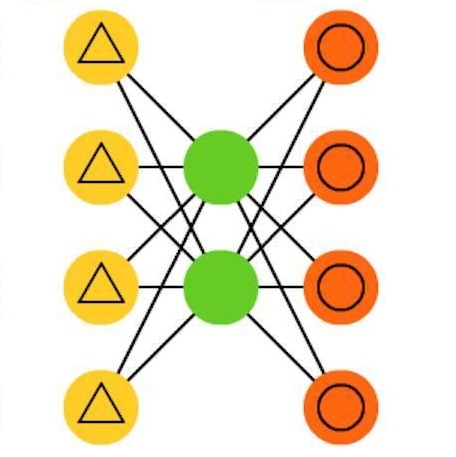Vertebral fractures are a consequence of osteoporosis, with significant health implications for affected patients. Unfortunately, grading their severity using CT exams is hard and subjective, motivating automated grading methods. However, current approaches are hindered by imbalance and scarcity of data and a lack of interpretability. To address these challenges, this paper proposes a novel approach that leverages unlabelled data to train a generative Diffusion Autoencoder (DAE) model as an unsupervised feature extractor. We model fracture grading as a continuous regression, which is more reflective of the smooth progression of fractures. Specifically, we use a binary, supervised fracture classifier to construct a hyperplane in the DAE's latent space. We then regress the severity of the fracture as a function of the distance to this hyperplane, calibrating the results to the Genant scale. Importantly, the generative nature of our method allows us to visualize different grades of a given vertebra, providing interpretability and insight into the features that contribute to automated grading.
翻译:椎骨骨折是骨质疏松症的后果,对患者的健康有重大影响。然而,使用 CT 检查对其严重程度进行分级是困难和主观的,这激励了自动分级方法的研究。但是,当前的方法受到数据不平衡和缺少解释性的影响。为了解决这些问题,本文提出了一种新方法,利用未标记数据训练生成式扩散自编码器 (DAE) 模型作为无监督特征提取器。我们将骨折分级建模为连续回归,更能反映骨折的平滑进程。具体地,我们使用二进制监督骨折分类器在 DAE 的潜空间中构建一个超平面。然后,我们将骨折的严重程度作为距离这个超平面的函数进行回归,并校准结果以 Genant 刻度。重要的是,我们方法的生成性质使我们能够可视化给定椎骨的不同级别,提供了解释性和对自动分级产生的特征的洞察。




















